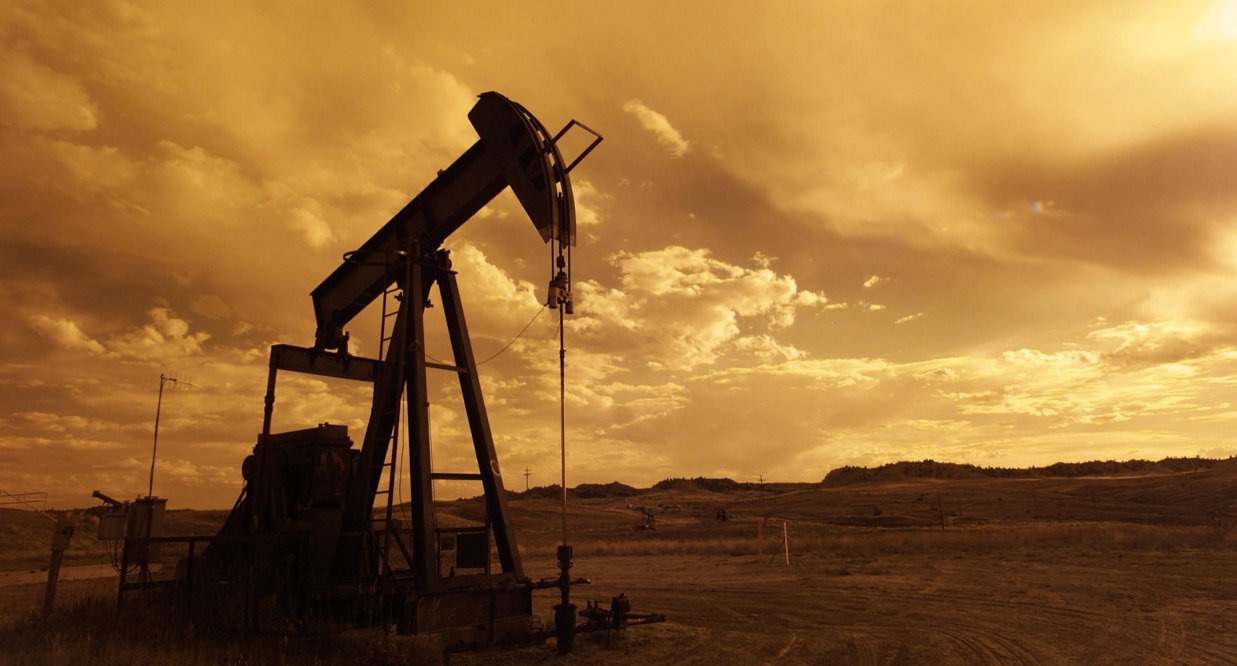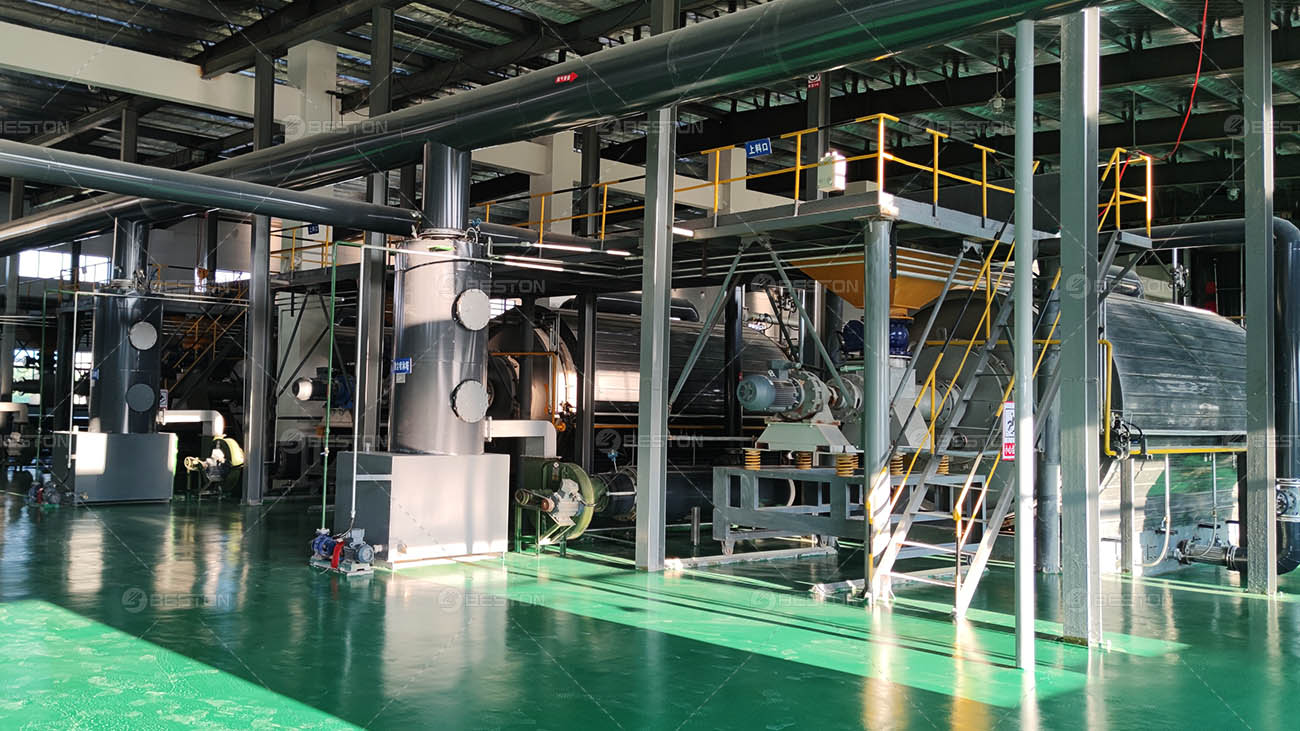In the intricate realm of oilfield drilling, where precision meets innovation, the quest for optimal solutions to address environmental concerns has led to the emergence of a cutting-edge technology: oil sludge pyrolysis plant. This innovative approach stands as a testament to the industry’s commitment to sustainability and responsible waste management.
Unraveling the Complexity of Oil-Based Cuttings
Oil-based cuttings, a byproduct of drilling operations, pose a significant challenge in the oil and gas sector. These cuttings, laden with hydrocarbons and other contaminants, demand a sophisticated treatment method to mitigate environmental impact effectively. Enter the oil sludge treatment plant, a technological marvel designed to revolutionize the way we approach cuttings treatment.
Pyrolysis: A Transformative Process
At the core of this groundbreaking solution lies the process of pyrolysis. Unlike traditional treatment methods, pyrolysis leverages high temperatures in an oxygen-deprived environment to break down complex organic compounds in oil-based cuttings. This thermal decomposition not only reduces the volume of waste but also transforms it into valuable resources.

The oil sludge pyrolysis plant operates as a closed-loop system, ensuring minimal emissions and adhering to stringent environmental standards. This closed-loop mechanism involves the controlled heating of oil sludge, leading to the release of gases, liquids, and solids. Each of these components undergoes further processing, extracting maximum value from the waste.
Gases: Harnessing Energy Efficiency
One of the key outputs of the pyrolysis process is the release of gases rich in hydrocarbons. Instead of allowing these gases to escape into the atmosphere, the oil sludge pyrolysis machine channels them through a rigorous purification process. The resulting clean and valuable gases can be utilized as an energy source within the plant itself or redirected for other industrial applications.
Liquids: From Waste to Resource
The liquid fraction obtained from pyrolysis contains a mixture of water, oil, and various chemicals. Through advanced separation techniques, the plant extracts high-quality oil from this mixture. This reclaimed oil, once refined, can find applications in lubricants, fuel production, or other industries, thus contributing to a circular economy.
Solids: Transforming Residues
Pyrolysis leaves behind solid residues, often in the form of carbon black. Far from being a waste product, this carbon-rich material holds potential for various applications, such as soil enhancement or as a raw material in manufacturing processes. The oil sludge pyrolysis plant ensures that even the solid remnants undergo further processing, minimizing any residual environmental impact.
Advantages Beyond Treatment: Economic and Environmental Gains
The adoption of a thermal desorption unit offers a myriad of advantages that extend beyond effective waste treatment.
Economic Viability
By recovering valuable resources from oil-based cuttings, companies can offset treatment costs and, in some cases, even turn the waste treatment process into a revenue-generating venture. The purified oil, gases, and solid byproducts present opportunities for various industries, fostering a sustainable and economically viable approach to cuttings management.
Environmental Stewardship
In an era where environmental consciousness is paramount, the oil sludge pyrolysis plant stands as a beacon of environmental stewardship. By minimizing the environmental footprint of drilling operations, this technology aligns with global initiatives aimed at reducing carbon emissions and promoting sustainable practices in the oil and gas sector.

Future Prospects and Challenges
As the oil and gas industry continues to evolve, the oil sludge pyrolysis plant represents a crucial step towards embracing technological solutions for waste management. However, challenges such as scalability, initial investment costs, and regulatory frameworks need careful consideration. Industry stakeholders must collaborate to address these challenges and ensure the seamless integration of this innovative technology into mainstream drilling practices. As a professional provider of industrial hazardous waste recycling solutions, Beston Group Co., Ltd. looks forward to working with you to welcome
Conclusion: Paving the Way for Sustainable Drilling Practices
In conclusion, the advent of the oil sludge pyrolysis plant marks a paradigm shift in how the oil and gas industry approaches the treatment of oil-based cuttings. This technology not only addresses the environmental impact of drilling operations but also unlocks economic opportunities through resource recovery. As the industry continues its journey towards sustainability, the integration of such cutting-edge solutions becomes imperative for a future where responsible drilling practices coexist with environmental preservation.